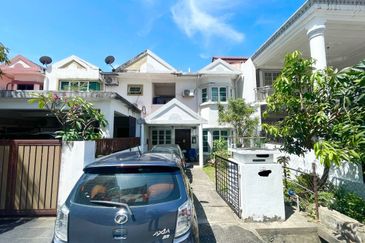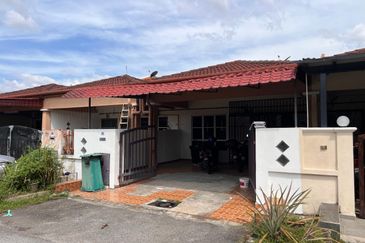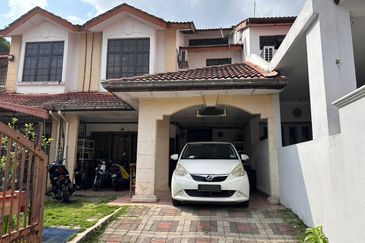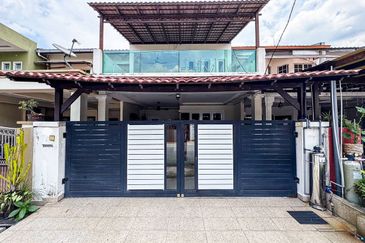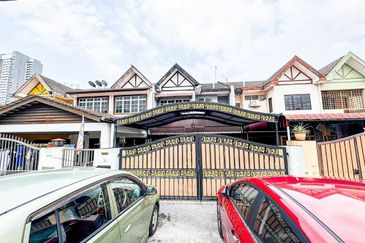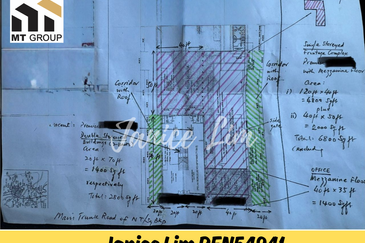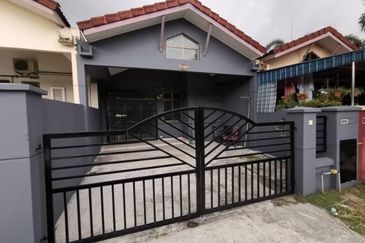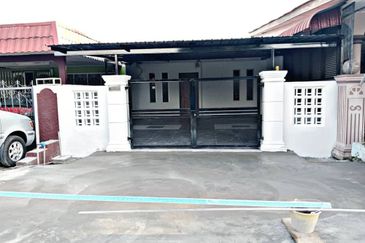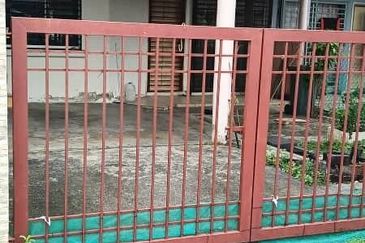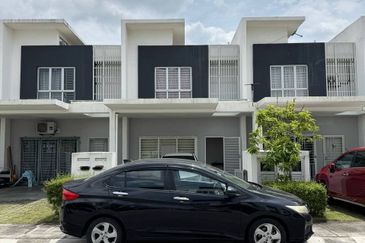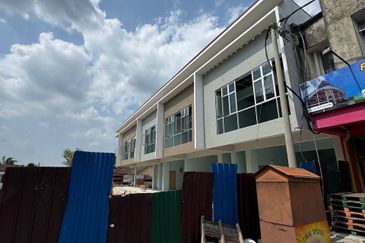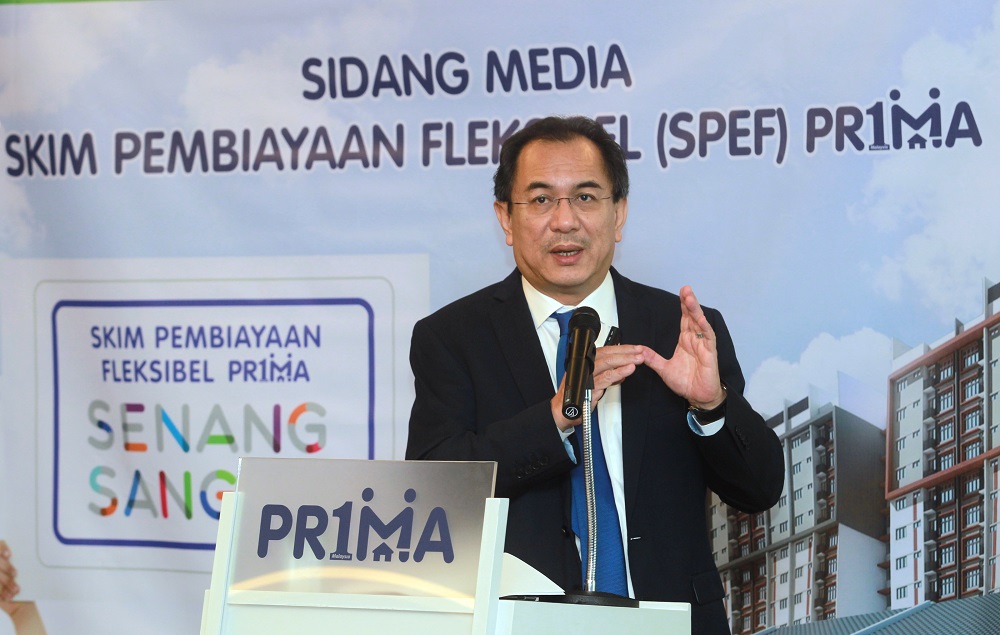
KUALA LUMPUR (Feb 14): Perbadanan PR1MA Malaysia has submitted a proposal to the government for the moratorium on reselling imposed on buyers of its houses to commence from the date the Certificate of Completion and Compliance (CCC) issued.
Under existing rules, the moratorium — which has been shortened to five years from 10 years — starts when the land title is duly transferred to the end-purchaser.
PR1MA’s (1Malaysia People’s Housing) chief executive officer Datuk Abdul Mutalib Alias said the proposal is aimed at discouraging buyers from selling PR1MA homes for monetary gains, leading to speculative activities.
“We are proposing [for the moratorium period to commence] from the date of the [issuance of the CCC] and it is now up to the government.
“In principle, the five-year moratorium period has been agreed to, but where the detailed mechanism is concerned, we are looking at [commencing] from the date of the CCC,” he told a news conference on PR1MA’s Special End-Financing Scheme (SPEF) yesterday.
The PR1MA programme was established by the government to help the middle-income group manage their cost of living in the urban areas, specifically to help them own a home amid escalating property prices.
On Jan 18, PR1MA announced two policy changes to its programme, namely the decision to reduce the moratorium period for the resale of PR1MA homes from 10 years to five years, and the widening range of eligibility of the household monthly income level from RM10,000 to RM15,000.
In response to the move by PR1MA, the National House Buyers Association said the reduction of the moratorium period would lead to speculative activities. The association then suggested that the government commence the moratorium period from the date of vacant possession, or in other words the date the completed unit is handed over to the purchaser.
Abdul Mutalib said PR1MA decided to reduce the moratorium period from 10 years to five years after consultation with the banks.
“Our dialogues and engagement with the banks, in particular the four banks involved in the SPEF, [indicated] that the banks prefer a shorter moratorium period compared with a longer one.
“The needs of the homebuyers also change. Over the course of time, they may want a slightly bigger house, so [the reduction of the moratorium period] allows them to upgrade their homes.
“Based on the target group (those with a household income level of between RM2,500 and RM15,000 a month) we have, we feel five years is a reasonable time for them to hold on to the property,” he said.
As for the widening of the household income eligibility to RM15,000, Abdul Mutalib disagreed with the notion that this would mean that PR1MA no longer caters to the needs of the middle-income group.
“If you look at our database, 64% of our [applicants] are those with a household income of RM2,500 to RM4,000 per month. We decided to extend the eligibility [because] we noted that there are people with a household income of RM11,000 to RM12,000 per month who can’t afford to buy homes at the current market prices,” he said.
This article first appeared in The Edge Financial Daily, on Feb 14, 2017.
For more stories, download TheEdgeproperty.com pullout here for free.
TOP PICKS BY EDGEPROP

Jalan Taman Setiawangsa
Taman Setiawangsa, Kuala Lumpur







